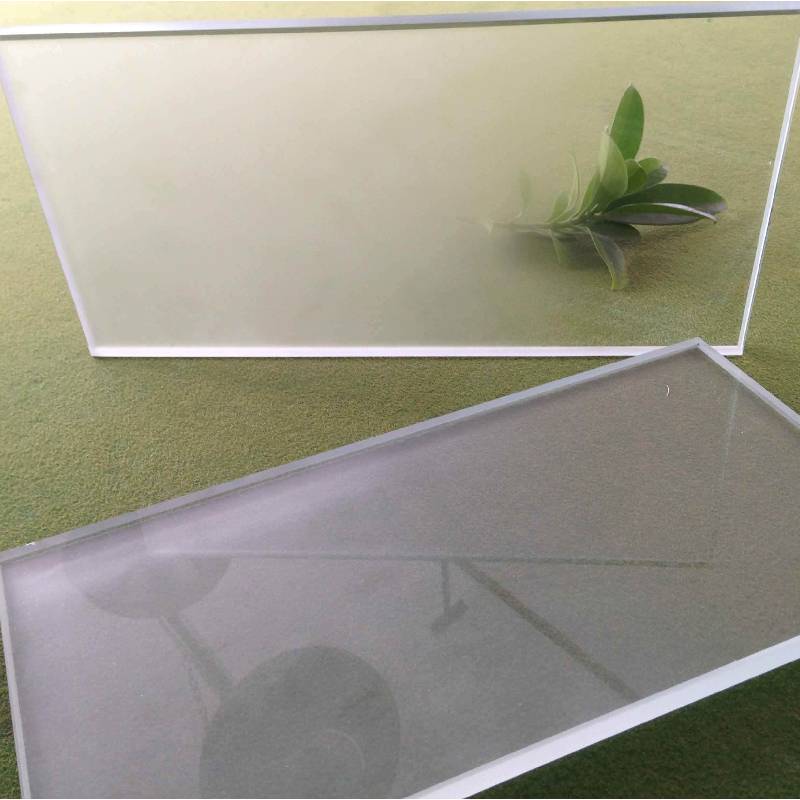Float glass, a staple in the world of glass production, is fundamental to a myriad of applications, from architectural marvels to everyday consumer products. Understanding the various types of float glass is essential for both consumers and professionals seeking materials that meet specific needs. This exploration unveils the diversity and intricate characteristics of float glass types, shedding light on their unique applications, advantages, and innovations.

One of the primary types is clear float glass, renowned for its versatility and transparency. This glass serves as the foundation for many advanced glass variants due to its excellent optical clarity and barrier-free vision. Industries rely on clear float glass for windows, mirrors, and furniture, valuing it for allowing maximum light transmission. Its neutral appearance makes it a preferred choice when true color rendition and illumination efficiency are vital.
Tinted float glass introduces another dimension with its ability to absorb solar heat and reduce glare. Available in various shades, such as bronze, gray, or green, tinted glass significantly contributes to energy efficiency in buildings. It reduces the need for artificial cooling, offering a sustainable solution to environmental challenges. The expertise in adding metal oxide during production culminates in a product that balances aesthetic appeal with functional benefits.

Reflective float glass, a sophisticated evolution in glass technology, combines a thin metallic coating with the base float glass. This reflective surface not only enhances privacy by limiting visibility from the outside but also aids in heat reflection, dramatically improving thermal comfort in structures. Reflective glass is often employed in high-rise buildings where energy conservation and privacy are paramount considerations. The authority in manufacturing processes ensures durability and consistent reflective qualities, making it a reliable choice for modern architecture.
types of float glass
In the realm of safety and security,
laminated float glass stands out. This type of glass comprises two or more layers bound together with an interlayer film, typically polyvinyl butyral (PVB). The expertise involved in crafting laminated glass ensures it stays intact upon impact, thereby preventing injury from shards. Its increased sound insulation and UV protection are additional features that make it indispensable in vehicular and high-security building applications. As innovations continue, laminated glass remains a trusted solution for safeguarding people and property.
Furthermore, low-emissivity (Low-E) float glass is pivotal in energy-efficient building design. Coated with microscopically thin metallic layers, Low-E glass minimizes the amount of infrared and ultraviolet light that passes through without compromising the amount of visible light transmitted. Its ability to reduce energy consumption in heating and cooling systems is well-documented, thus reinforcing its authority as a sustainable material in both residential and commercial projects.
Finally, patterned float glass, with its decorative textures, brings both functionality and design to the forefront. This type of glass offers privacy while allowing light passage, ideal for interior partitions and decorative elements. Patterned glass’s ability to diffuse light and create vibrant aesthetics underscores its importance in both traditional and contemporary spaces.
The world of float glass continues to evolve, driven by technological advancements and new consumer demands. Each type of float glass offers unique properties that cater to specific applications, balancing innovation with practicality. The industry's ongoing commitment to enhancing glass quality and functionality ensures that float glass remains an authoritative material in both architectural and industrial applications.



